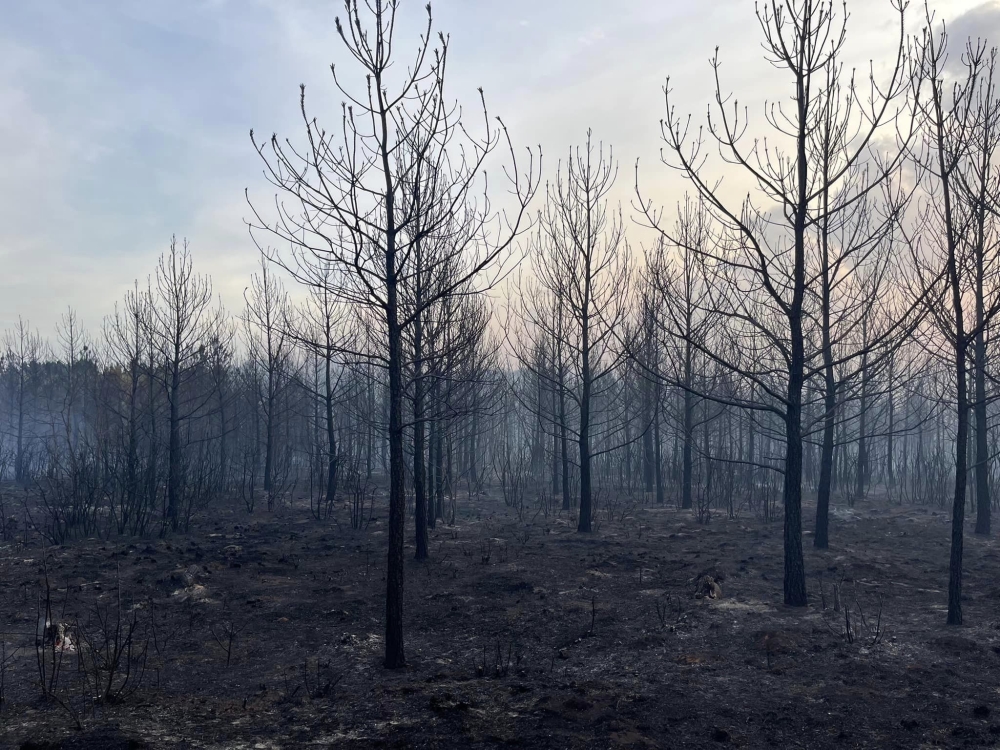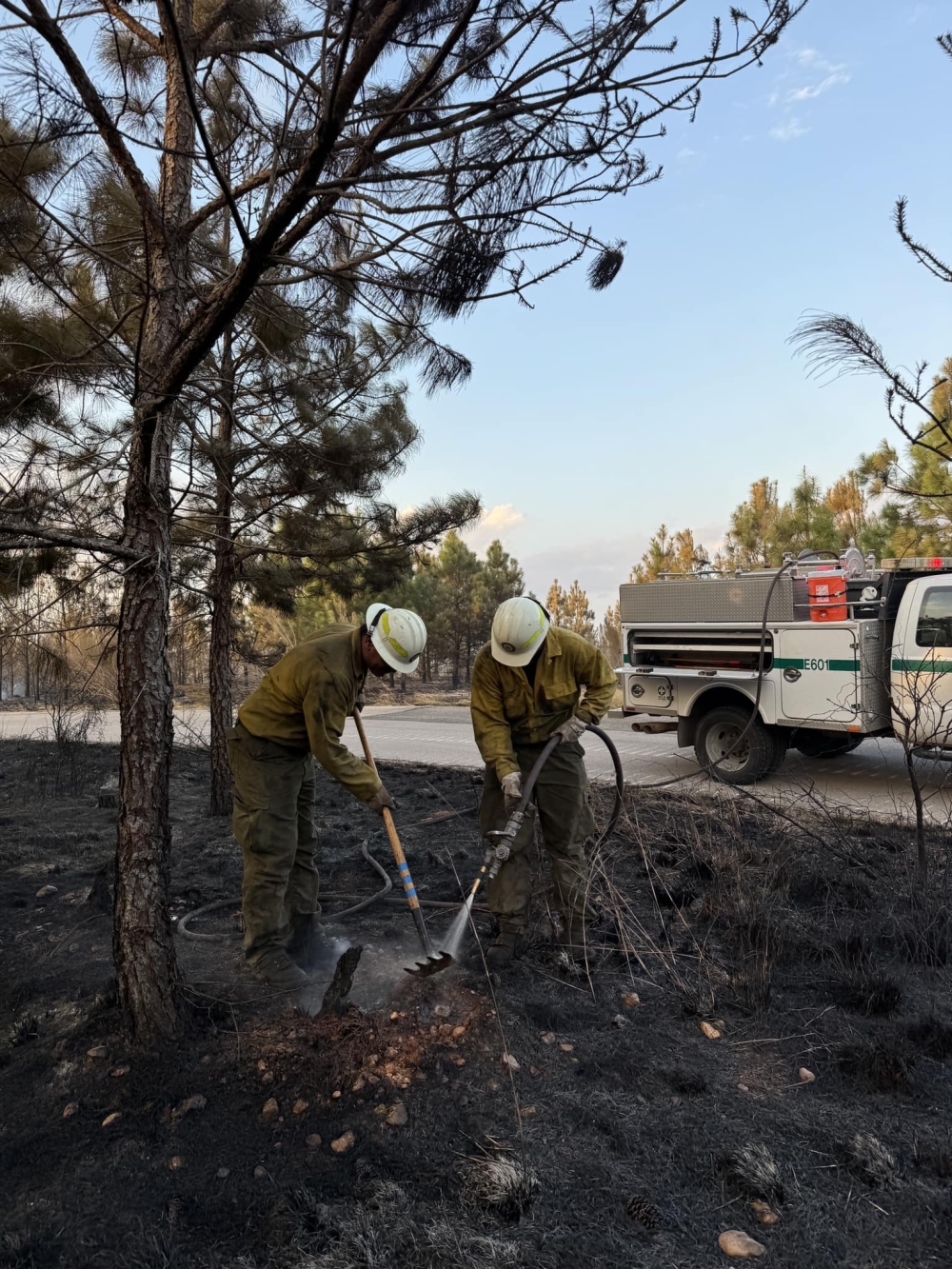“Officials are continuing to monitor the area to ensure that wildlife impact remains minimal and that the environment can begin its natural recovery,” said Lyndsey Schroeder, Bastrop County public information officer, adding that it was ruled an accident.
Schroeder said the wildfire started near the 100 block of Hudson Road in Smithville on Nov. 3 at 1:46 p.m. following a nearby barn fire that spread due to high winds and elevated fire conditions. Evacuations of nearby residents began within five minutes.

Officials battled the blaze around the clock and, by the evening of Nov. 7, the fire was extinguished.

Emergency shelters for residents, pets and livestock opened for the 65 people who evacuated from their homes; however, Schroeder said none of the evacuees utilized any available resources.
“While our services were not required, it was critical to act quickly to ensure resources were ready in case the situation escalated,” she said. “We were pleased to see that evacuees had plans in place for their pets, and when access to the area reopened, no injured or loose animals were found.”
Though the fire is out, officials said nearby residents will continue to see fire equipment as first responders work to rehabilitate the area.

Bastrop County has been under a burn ban since Aug. 26 for all residents living within unincorporated areas of the county.
The county’s Keetch-Byram Drought Index, or KBDI, climbed from 338 on Aug. 7 to 724 on Nov. 3—the day the Hudson fire sparked, according to Water Data for Texas.
The KBDI scale ranges from 0-800, and the Texas A&M Forest Service website explains that any level above 400 indicates a high potential for wildfires with extreme intensity.
For reference, the KBDI on Sept. 4, 2011, the day the Bastrop County Complex Fire ignited, was 789.
Schroeder said residents are encouraged to remain vigilant during this high-risk fire season and follow any future guidance from local authorities regarding fire safety and preparedness.Staying prepared
James Altgelt, coordinator for the Bastrop County Office of Emergency Management, said in a previous interview with Community Impact that his office notifies residents through social media and emergency notification systems, such as Warn Central Texas.
The county can also send push notifications similar to Amber Alerts and send messages over the National Weather Service radio, he said.
Texas A&M Forest Service officials recommend residents fireproof their homes by:
- Cleaning roofs and gutters
- Repairing/replacing missing roof tiles and broken window screens
- Installing mesh in exterior vents to prevent embers from entering
- Moving any flammable material away from wall exteriors, such as mulch, flammable plants and firewood piles
- Creating fuel breaks with driveways, walkways and paths, patios and decks, and space between clumps of vegetation
- Keeping lawns mowed to a height of 4 inches
- Removing vegetation under trees as well as removing dead plants and trees





